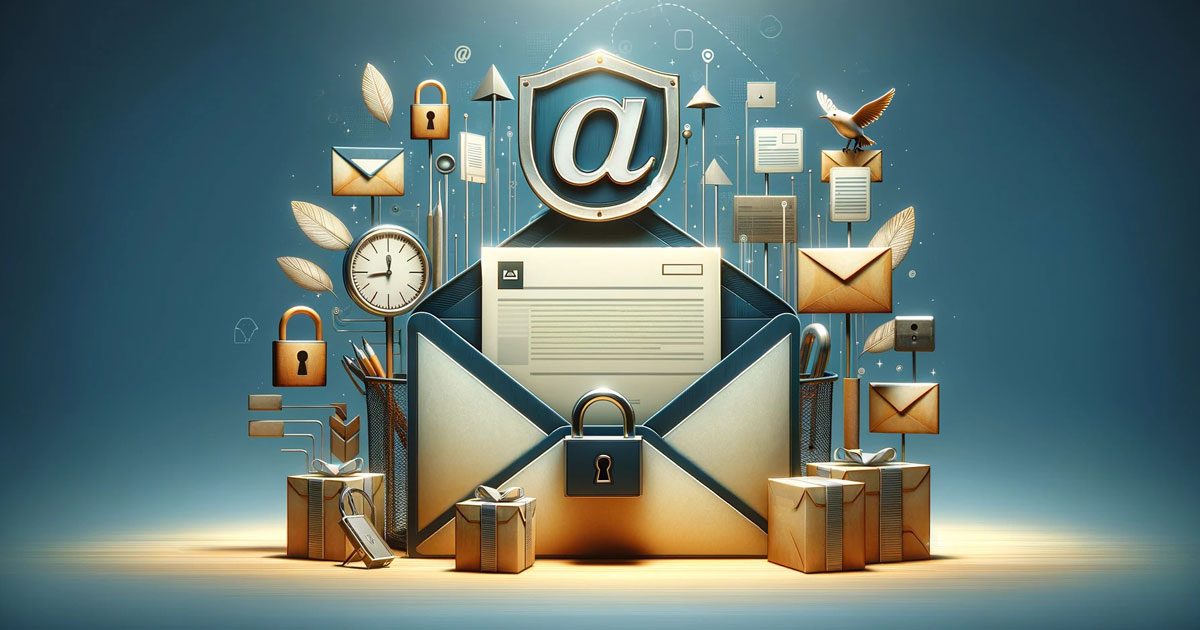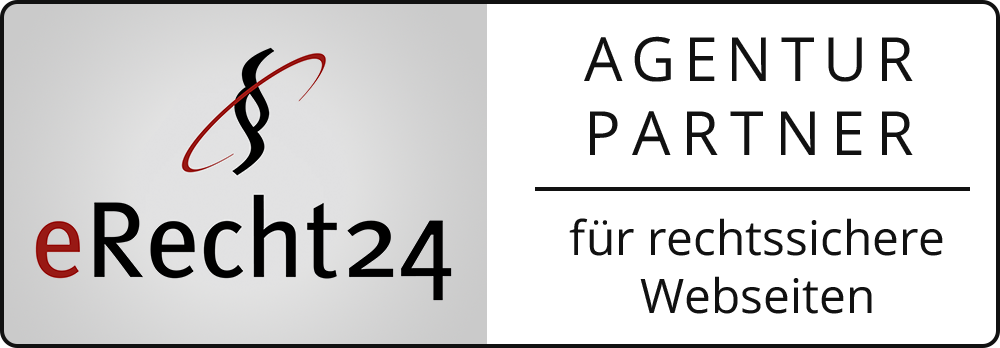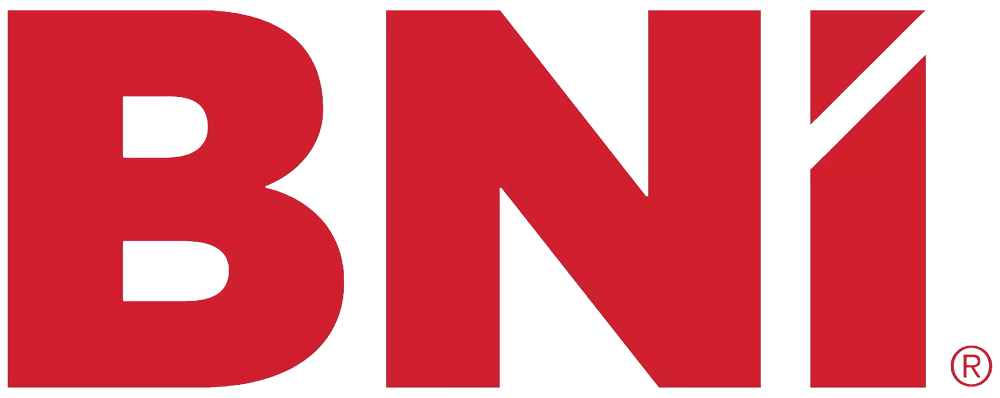
Have you ever wondered why some of your carefully crafted emails never reach their recipients? The digital universe is full of mysterious black holes known as spam folders that devour your messages before they reach their destination. But fear not! Heroes like DMARC and DKIM are ready to safely navigate your email through the world of Internet communications. In this article, you'll learn how these technologies work to improve your delivery rates and ensure your communications reach the inbox star. Let's unlock the secrets together and make your email campaigns shine!
It's an open secret that the spam folder is the biggest enemy of any email marketing campaign. Every day, countless legitimate emails fight for the attention of their recipients, only to end up in digital limbo. But why is it like that? Simply put, email providers like Google and Yahoo! have introduced strict filters to protect their users from unwanted messages. While these measures are well-intentioned, they can also result in your important customer communications being incorrectly marked as spam.
This is where our heroes DMARC and DKIM come into play. By improving the authentication of your emails, these protocols help quiet the alarm bells of spam filters. Imagine DMARC and DKIM are like digital ID cards that show your emails to email providers. You're basically saying, "Hey, I'm real and I have good intentions!" By using these technologies, you can significantly increase the likelihood that your emails will find their way to your inbox and not end up in the spam folder.
By taking the issue of spam seriously and taking proactive steps to authenticate our emails, we can improve the chances that our messages reach their intended recipients. DMARC and DKIM are indispensable tools in your arsenal for successful customer communication. While it may be challenging to work through the technical details, it's definitely worth the effort to ensure your message is heard loud and clear.
So, let's start at the beginning. DMARC (Domain-based Message Authentication, Reporting, and Conformance) and DKIM (DomainKeys Identified Mail) are, so to speak, the bodyguards of your email communication. They check whether an email really comes from you or someone is just pretending to be you. DKIM relies on digital signatures that ensure that the contents of your email have not been changed along the way. DMARC goes one step further and lets you decide what should happen if an email doesn't pass authentication checks. In short: They ensure that your emails are classified as secure and are not rejected as uninvited guests.
Now you might be thinking, "Sounds technical, but what does this have to do with me?" A whole lot! As a marketer, your goal is to ensure that your messages are not only sent, but also read. Email authentication is not a nice extra, but a must. Why? Because it directly affects your visibility and credibility. Imagine sending out an important campaign and it goes straight to spam. Not ideal, right? This is exactly where DMARC and DKIM come into play.
So, as a marketer in the digital world, it is essential to deal with email authentication. DMARC and DKIM are not just tools for IT professionals, but powerful allies on your path to successful customer communication. Dive into the world of email security and make your campaigns more deliverable than ever before!
Now it's getting serious! Google and Yahoo! have changed the playing field and introduced new requirements for email delivery. What does that mean for you? Simple: If you send newsletters or other bulk emails to Gmail or Yahoo! addresses, you need to make sure your emails pass through DMARC and DKIM. Google is tightening the reins from February 2024 and will require everyone who sends more than 5,000 emails a day to implement not only DMARC and DKIM, but also SPF (Sender Policy Framework). Yahoo! follows suit with similar requirements. The goal? Less spam and phishing, more security for users.
And now for the million dollar question: What happens if you ignore these requirements? The answer is pretty straightforward – your emails might never reach your target audience’s inbox. Here are the key points to keep in mind:
So what to do? The message is clear: To be successful in today's email communication, it is crucial that you follow the rules of giants like Google and Yahoo! pay attention. Implementing DMARC, DKIM, and SPF isn't rocket science, but it does require your attention. It's not just about complying - it's about securing your communications, gaining the trust of your recipients and ensuring your messages reach their destination. So get smart, take the necessary steps and navigate your email campaigns safely through the world of digital deliverability!
Now that you know how important DMARC and DKIM are to your email delivery rates, you're probably wondering, "How do I make this work?" Don't worry, you don't have to be an IT guru to understand the basics. It's about setting the right course so that your emails are considered trustworthy. Here are the first steps you can take without getting lost in the depths of technology.
Implementing DMARC and DKIM may seem a little intimidating at first, but with the right partners on your side and a clear understanding of the fundamentals, you can successfully navigate the process. It's an investment in the future of your email communications and an important step in ensuring your messages reach their target audience. Start strengthening your email security today and take the first step toward improving deliverability.
There can be a few stumbling blocks on the way to perfect email authentication. Technical hurdles are not uncommon, but don't worry - there is a solution for almost every problem. One challenge, for example, is that setting up DMARC and DKIM correctly requires a lot of detailed work. One wrong string in the DNS entry and authentication won't work as intended.
The key is to carefully review and validate your settings. Use tools and resources provided by many email service providers to test your configurations. And if there's a problem? Don't hesitate to consult experts. Many problems are known and can be solved efficiently using proven solutions.
To make the implementation process as smooth as possible, keep a few best practices in mind. Here are two essential points to help you avoid the most common pitfalls:
Armed with these strategies, you can overcome most hurdles when implementing DMARC and DKIM. Remember: Every challenge is an opportunity to learn and make your email communications more secure and effective. With patience, the right resources, and a proactive approach, you'll soon see the benefits of improved email deliverability for yourself.
We live in a rapidly changing digital landscape where email authentication is undergoing constant evolution. DMARC and DKIM are now essential pillars to ensure the integrity and security of our email communications. But technology never stands still. With increasing cyber threats and evolving email landscapes, we must always think one step ahead. So what comes after DMARC and DKIM? The answer lies in continually monitoring trends and developments in email security.
And there we have it – a tour of the world of email authentication that has hopefully turned on a few lights in the dark. DMARC and DKIM are more than just cryptic acronyms; They are essential guardians of your digital correspondence, ensuring that your messages arrive where they should: in your recipients' inboxes.
But we know that the devil is in the details. Implementing and continually maintaining email security standards can be overwhelming, especially when you're simultaneously trying to launch your next big marketing campaign. Luckily, you don't have to reinvent the wheel or become an IT expert to protect your email.
There are a variety of service providers out there who can have your back. Companies like Proofpoint, Mimecast, and Agari offer specialized solutions to help you effectively implement and manage DMARC, DKIM, and other email security protocols. Not only do they take work off your hands, they also ensure that your email communication meets the ever-changing demands of the digital world.
Remember: your emails are a direct connection to your customers. Ensuring their integrity and deliverability is not an optional luxury, but a fundamental necessity. By taking the right steps and perhaps getting a little professional help, you can ensure that your messages always find their way.
So, take the first step to secure your digital communications. Your emails are worth reading. With the right partners at your side, nothing stands in the way of your success.




